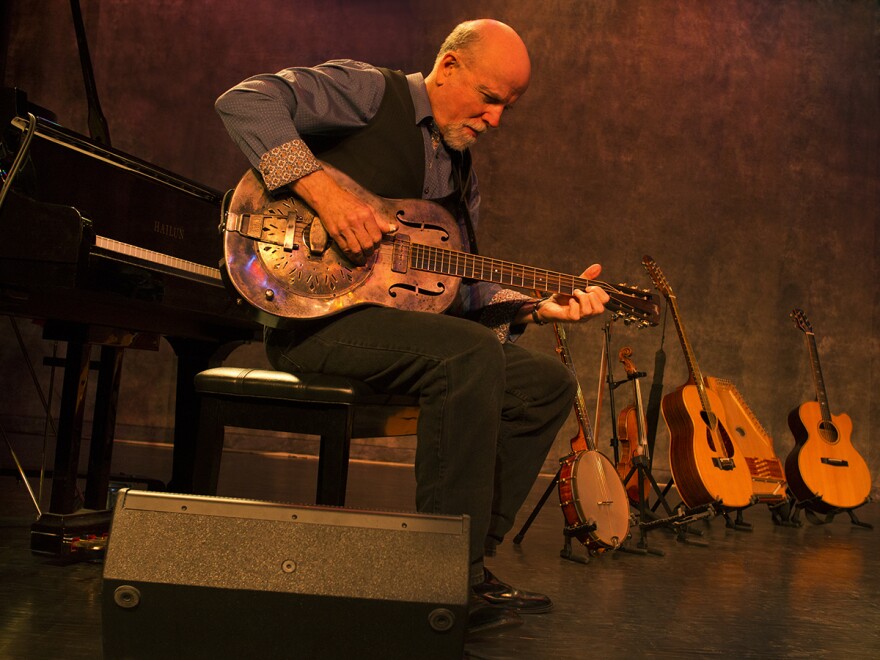John McCutcheon has consistently produced highly regarded kids' music and folk albums since the early 1970s and Friday, he plays the Schwartz Center for the Arts in Dover.
During the '60s, McCutcheon taught himself to play a mail-order guitar. He spent several years in Appalachia and learned from some of the greats of traditional folk music. The multi-instrumentalist plays fiddle, banjo, guitar and most notably, the hammered dulcimer.
During his career, McCutcheon has gained a reputation for being a master storyteller and his lyrics often focus on social justice.
“People love stories, it explains to a lot of extent, the popularity of country music which is really the only kind of storytelling music that's going on out there today in the mass media," said McCutcheon. "I think people want to hear stories about people kind of like us but who are a little braver, and a little smarter and a little luckier.”
McCutcheon’s newest CD commemorates the 100th anniversary of the death of musician Joe Hill. Hill was killed by firing squad for murder even though witnesses could not identify him conclusively and the gun used in the crime was never recovered. The campaign to exonerate Hill began two months before the trial and continued up to and even beyond his execution.
Hill was also a prominent labor organizer. McCutcheon says his songs for the Industrial Workers of the World inspired Woody Guthrie and many others.
“Joe Hill wrote about the erosion of worker rights, he wrote about war and peace, he wrote about immigration, he talked a lot about the death penalty and it's ironic that was his fate," said McCutcheon. "But the interesting thing about doing this album is a lot of people are coming up to me and saying, ‘wow, we’re still doing all this a hundred years later?”
John McCutcheon’s concert at the Schwartz Center is Friday night at 7:30.
This piece is made possible, in part, by a grant from the Delaware Division of the Arts, a state agency dedicated to nurturing and supporting the arts in Delaware, in partnership with the National Endowment for the Arts.


